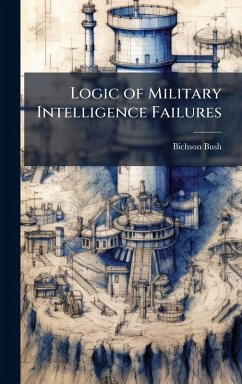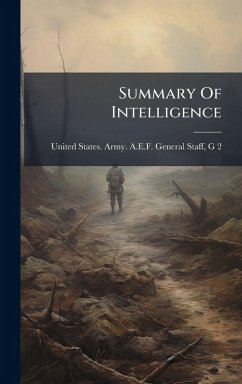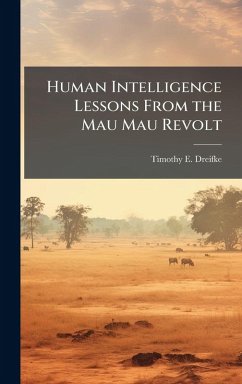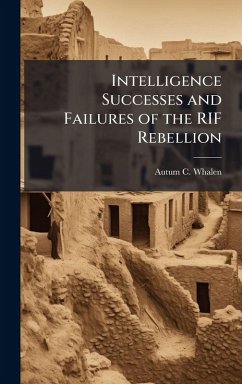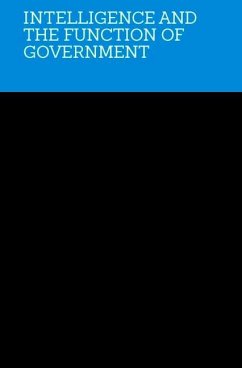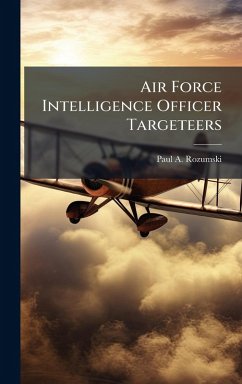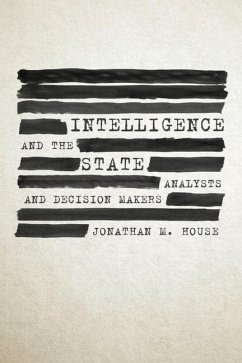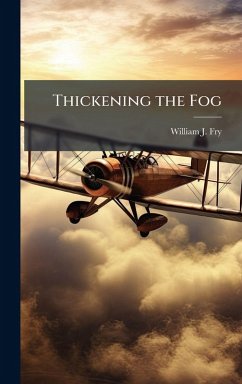
Transforming Air Force Intelligence
Versandkostenfrei!
Versandfertig in über 4 Wochen
25,99 €
inkl. MwSt.
Weitere Ausgaben:

PAYBACK Punkte
13 °P sammeln!
On December 2004, Congress passed the Intelligence Reform and Terrorism Prevention Act (Public Law 108-458). Commonly known as the Intelligence Reform Act, this legislation created the Director of National Intelligence to (a) be the chief intelligence advisor to the President, (b) lead the entire intelligence community (IC), and (c) oversee and direct the purchase of intelligence collection systems for all the IC. Touted as the most far-reaching IC reorganization since the National Security Act of 1947, the Intelligence Reform Act resolved to improve (fix) unity of effort by centralizing contr...
On December 2004, Congress passed the Intelligence Reform and Terrorism Prevention Act (Public Law 108-458). Commonly known as the Intelligence Reform Act, this legislation created the Director of National Intelligence to (a) be the chief intelligence advisor to the President, (b) lead the entire intelligence community (IC), and (c) oversee and direct the purchase of intelligence collection systems for all the IC. Touted as the most far-reaching IC reorganization since the National Security Act of 1947, the Intelligence Reform Act resolved to improve (fix) unity of effort by centralizing control of budgets and collection priorities of national-level intelligence, surveillance and reconnaissance (ISR) agencies and assets. The rationale was simple. Decentralized control of national intelligence agencies and assets, and their corresponding collection, analysis and reporting stovepipe bureaucracies were cited as a major finding by the 9/11 Commission. This work has been selected by scholars as being culturally important, and is part of the knowledge base of civilization as we know it. This work was reproduced from the original artifact, and remains as true to the original work as possible. Therefore, you will see the original copyright references, library stamps (as most of these works have been housed in our most important libraries around the world), and other notations in the work. This work is in the public domain in the United States of America, and possibly other nations. Within the United States, you may freely copy and distribute this work, as no entity (individual or corporate) has a copyright on the body of the work. As a reproduction of a historical artifact, this work may contain missing or blurred pages, poor pictures, errant marks, etc. Scholars believe, and we concur, that this work is important enough to be preserved, reproduced, and made generally available to the public. We appreciate your support of the preservation process, and thank you for being an important part of keeping this knowledge alive and relevant.



